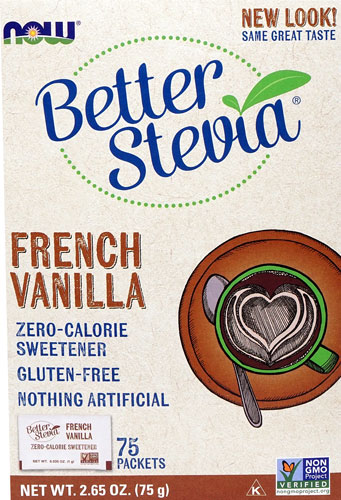Somewhere along the way, the moderate “a spoonful of sugar makes the medicine go down” concept got hijacked. It was replaced by the notion that multiple teaspoons of sugar make the medicine go down. But when you add that much sugar, whatever medicine you have ultimately gets lost.
Case in point: the sugary cereals that pass for breakfast are a major culprit behind the nation’s childhood obesity epidemic. According to the EWG, “Breakfast cereals are the fifth-highest source of added sugar in the diets of children under 8, after sugary drinks, cookies, candy and ice cream.” Be skeptical about healthy sounding cereals, such as Honey Nut Cheerios, America’s best-selling breakfast cereal.
A story in the New York Times about added sugars reported that roughly 151 million boxes and other containers of various sizes of Honey Nut Cheerios were sold over the past year, “well ahead of the second best-selling breakfast cereal, Frosted Flakes, according to IRI, a Chicago based market research firm.” Honey Nut Cheerios has 9 grams of sugar for ¾ of a cup, which translates into over two teaspoons for a skimpy serving. (Most people, including kids, would consume at least double that.) If you stay true to serving size, you’ve just consumed a third of the recommended daily allowance of sugar—and it’s not even 9:00 in the morning.
What is added sugar?
Children aren’t the only victim of concentrated sugar bombs. Added sugars—sugar added to foods or beverages when they are processed—play a major role in the downfall of many Americans' diets, leading to health problems such as weight gain and obesity, type 2 diabetes and heart disease. (These kinds of sugar are different than sugars found naturally in fruit or milk.) If you can eat less, particularly sugar, you are well on your way to better health.
What are other names for sugar?
Manufacturers try to mask sugar amounts by getting sneaky. To avoid having sugar come up as the first ingredient, they use multiple forms of sugar. This creates a form of smoke and mirrors, making it more challenging for consumers to assess how much overall sugar is in a product. Here are some examples of other names of sugar to look out for: brown sugar, corn sweetener, corn syrup, dextrose, fructose, glucose, high-fructose corn syrup, honey, lactose, malt syrup, maltose, molasses, raw sugar and sucrose.
Don’t be tricked by a “healthier” sounding name for sugar. Your body treats all added sugars the same way; it doesn’t distinguish between less refined versions of sugar such as honey. When you try to ascertain sugar amounts by reading a label, identify all sources of added sugars.
How much is too much?
According to the CDC, Americans should aim to consume less than 10 percent of their total daily calories in added sugars. If you eat 2,000 calories a day, less than 200 calories should come from added sugars. That’s a generous allotment, relatively speaking.
The American Heart Association is more prudent: They suggest no more than 100 calories per day from added sugars (about 6 teaspoons or 24 grams of sugar) for most women and no more than 150 calories per day (about 9 teaspoons or 36 grams of sugar) for most men. If Honey Nut Cheerios has 12 grams of sugar per cup, that’s half of a woman’s daily quota of sugar right there.
A quick tip to calculate sugar levels when reading nutrition labels—4 grams of sugar equals 1 teaspoon. Divide the added sugar amount by 4, and you will figure out how many teaspoons of sugar has been added. A good rule of thumb is to eschew foods that list “sugar” as the first or second ingredient.
Serving size matters
Manufacturers have reduced the serving size to make it seem like there is less sugar per serving. Don’t be duped by unrealistic serving sizes that are one-fourth to one-half smaller than what the average American actually eats. An EWG analysis found that kids who consistently eat a bowl of some sugary cereals could inadvertently be eating five to nine pounds more sugar a year than the labels indicate.
In May 2016 the FDA announced a ruling that required improved transparency around serving sizes. The mandate says, “By law, serving sizes must be based on amounts of foods and beverages that people are actually eating, not what they should be eating.” Ice cream, sodaand cereals will have to bump up their serving size to reflect our bigger appetites. The industry has more two years to comply—but you don’t have to wait till then to become more label savvy.
Now that you know what to look for, you can exercise your discrimination and make savvier choices about how you want to indulge your sweet tooth. While a little sugar won’t kill you, a heavy hand with the sweet stuff takes a nasty toll on your body.




